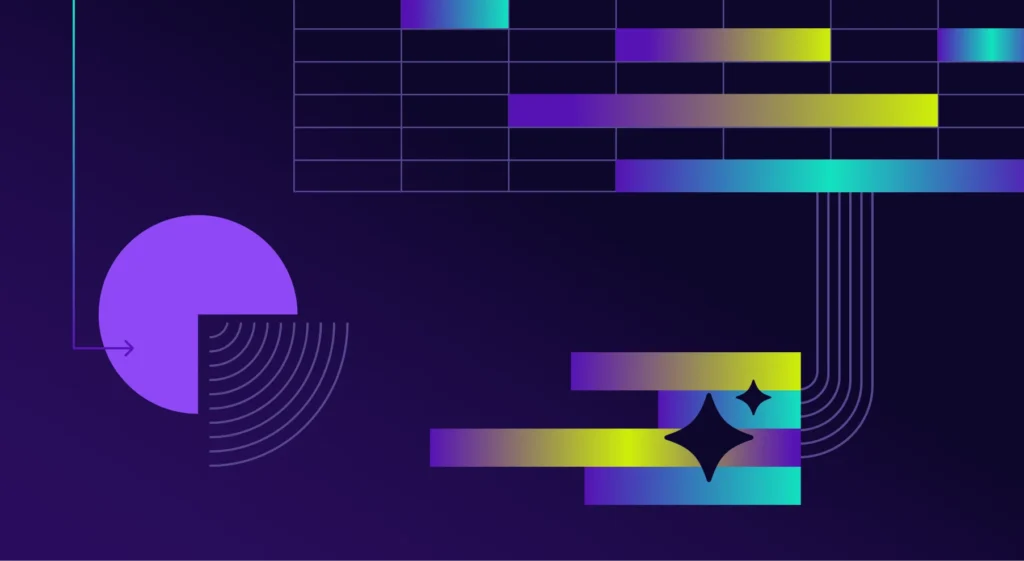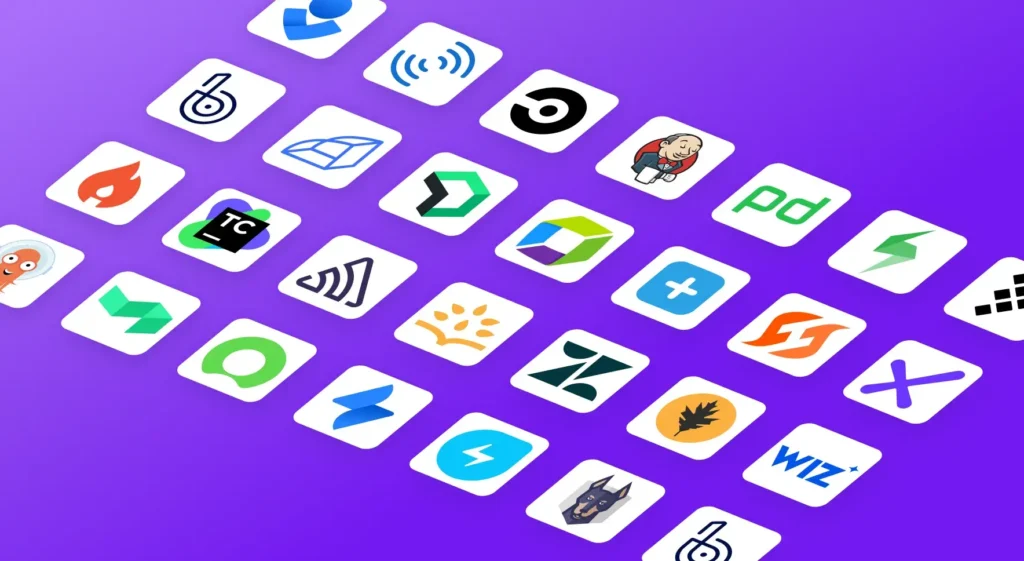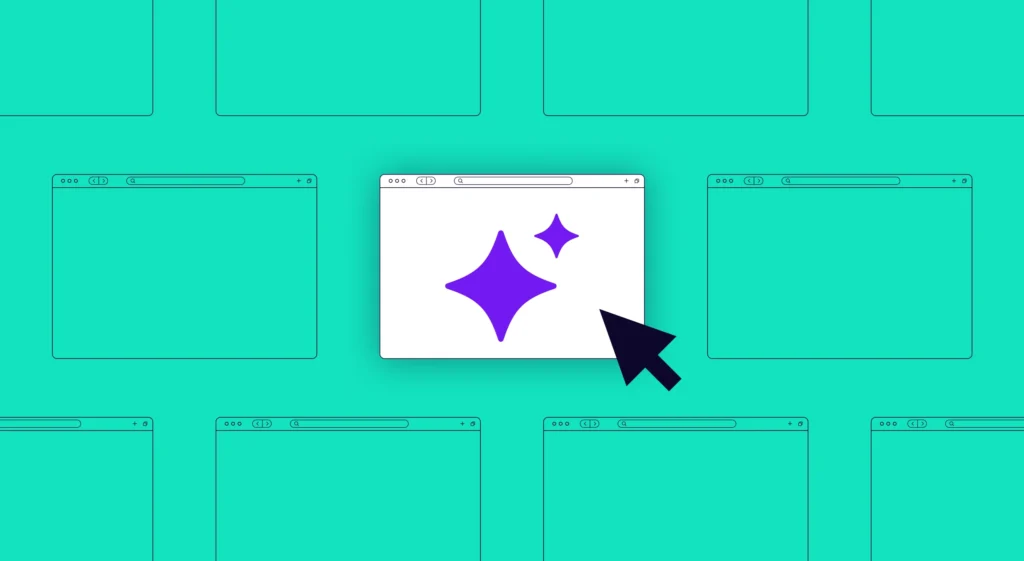Ron Teeter, a 30-year software veteran, is the Chief Architect and Engineering VP at Jobvite, and is focused on understanding how well engineering is developing new product features for their customers, supporting them, and keeping the site online 24/7. Jobvite has 360 employees globally. In 2019, the product and engineering group expanded by 4X to 130 globally distributed engineers, primarily through the acquisition of three companies.
Amid such rapid growth and the resulting changes that took place, Teeter was faced with the daunting challenge of unifying the toolset, and importantly the processes of four distinct engineering teams into one organization that could prove both technical and operational consistency. Additionally, Ron and his teams were committed to making Engineering a true internal partner that other organizations could rely on. They wanted to commit to a faster SLA internally, but Teeter realized that such a commitment would require several things in the organization to change.
First, as the organization grew in size, it also grew dramatically in scope. As the engineering teams took on more projects, they needed a constructive way to drive product trade-off discussions within product management and during executive and board meetings. The engineering organization needed a way to measure the work that each engineer was delivering without being overly intrusive, and especially without requiring wasting time on pointless time and performance forms.
Next, they needed a way to measure and internalize the metrics that spoke to the performance and operations of the team – how well the team was executing, so that they could make appropriate adjustments and optimize. Finally, they needed all of this to be unified across these new and old engineering teams, and radically transparent in order to drive alignment, trust, and partnership with the business teams at Jobvite. All of these challenges required a level of visibility the team had never previously been able to achieve.
Ron Teeter Chief Architect, VP of Engineering, JobviteOne of the main things that I’ve learned is that people don’t work on just what they’re assigned to work on. And I finally have a way to clearly see that.
Ron and his team saw immediate value in the visibility provided by Jellyfish. For the first time, Jellyfish revealed all the work that was in progress throughout the organization at any given time (including prior commitments, infrastructure maintenance, customer support work, etc.), not just the most visible feature requests or items assigned by product management. That led to meaningful discussions among Engineering, Product Management and product stakeholders, but also at the executive level about priorities, resulting in more calculated decision making, and ultimately company-wide alignment around what Engineering should be working on.
Ron Teeter Chief Architect, VP of Engineering, JobviteFor all of this to work, we needed a visibility tool like Jellyfish. Bottom line, we couldn’t do this without Jellyfish.
Once the team was confident that they were delivering the right things, they were free to focus more effort on improving the operations and speed of delivering those things. Jellyfish highlighted inconsistencies in the processes across legacy teams and tools. Ron was able to measure what worked best on which teams, opening the door to kick off and manage a successful unification process. The team was also able to measure metrics that were more meaningful to the business and the success of the engineering team. For example, at Jobvite, measuring throughput has proven to be much more impactful than measuring Velocity. This allowed for the introduction of programmatic changes, and an accurate reading of the effect those changes were having so the team could optimize for productivity.
The new visibility drove some surprising realizations that even the Engineering leadership had not known, and had been driving a lot of the confusion around why work was taking longer than expected. Teeter calls this cross-team entanglement, “One of the main things that I’ve learned is that people don’t work on just what they’re assigned to work on. And I finally have a way to clearly see that. I have teams that are looking at individuals that are working on other teams’ work. When teams get stuck on cross-team dependencies, they push the work into other teams’ backlogs, or to a specific engineer on the other team rather than asking for help and doing the work themselves. This creates cross-coupling snowball effects.”
Teeter observes that “Jellyfish has dramatically improved our understanding of the reality of development across the business. We can easily show how resources are allocated and what trade-offs need to be made to deliver on long-term plans and strategies. This has gone a long way to ensure Engineering remains an internal partner that people can rely on.”
Jobvite now takes a multi-layered approach to strategic planning that connects the work of individual engineers all the way to Board-level strategy:
- Board level and senior leadership look at a 6 quarter horizon
- Program level looks at a 6 month horizon
- Engineering directors, managers, and scrum leads look at a 6 week horizon
- Engineers look at a 6 day horizon
This visibility and the focus it has allowed the engineering team has resulted in huge operational wins as well. Throughput has increased by 80% as the team has been able to balance how they invest in new product vs. technical debt vs. maintenance. The team has been able to clear a backlog of over 20 items at any point to just 4 or less now. It has also resulted in a 68% reduction in priority 3 task resolution times, and a 77% reduction in priority 2 task resolution times.
Teeter is thrilled that the team has been able to decrease SLAs as they had set out from the start. “We went from a 90-day P3 SLA to a 30-day P3 SLA and we’re crushing it at 23 days.”
Moving forward, Teeter has even more plans to test and improve the team’s operations. “For all of this to work,” he says, “we needed a visibility tool like Jellyfish. Bottom line, we couldn’t do this without Jellyfish.”




